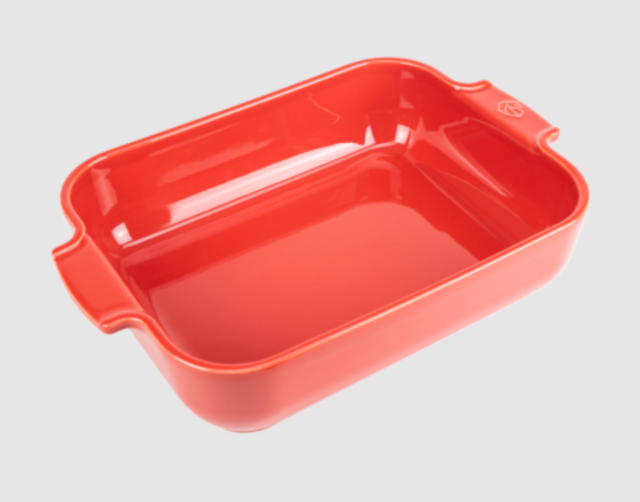
Everybody knows that the history of ceramic coincides basically with the history of mankind. Since the Neolithic Era, the first nomad populations in North Africa and Middle East started to work with clay in order to produce items for diverse applications, in particular pottery and containers, or small tools for domestic use.
Throughout the centuries, the art of ceramic has been progressively refined, and now this material is widely used in a large number of products, being able to perform in several fields of applications, from dentistry to fine arts.
Nevertheless, the largest field of application remains the tooling production, in particular kitchenware. As a matter of fact, pottery is still the homeland of ceramics, and the area where its versatility can be exploited at its best. This is evidenced by the increasing number of local and international ceramics expositions all over the world, in particular in North America and Europe, as well as the renewed commitment of many prestigious brands (such as, for example, Peugeot, a company able to put the same effort in designing a new best-selling car and manufacturing a ceramic oven dish) in helping this peculiar sector step forward.
Ceramic tools in a kitchen: what’s the state of the art?
We may think that at the present time the systematic use of ceramic in a kitchen is something outdated, like if it belongs to another era. In fact, if we step into a fine restaurant’s professional kitchen, there are not so many chances to find ceramic pottery or any other kind of items, except the tableware (dishes, bowls, cups). This id due mainly to a matter of time saving, which is crucial for a restaurant, since cooking in a ceramic container implies a substantial cooking time dilation. On the other hand, the quality and the uniformity of cooking improves dramatically, thanks to the peculiar ability of this material to distribute the heat all over the container’s area, in the most homogeneous way.
This is the main reason why a nonetheless significant minority chefs and restaurant owners keep on using ceramic pottery in their kitchens, especially when it comes with baking. Cooking in an oven is kind of an art by itself, a standalone in the kitchen that requires peculiar rules and measures to perform at its best. And despite all the “new materials” and techniques introduced in modern cooking, the ceramic ovenware is still the best solution to exploit the potential that a good oven can put at a chef’s disposal.
Three reason to choose ceramic ovenware
We previously mentioned the correct distribution of the heat as a reason why ceramic is still preferable as kitchenware material. Now we try to focus on the reasons why baking with ceramic tools typically ensures the best results, in both professional and domestic kitchens.
Reason number one: it is a completely aseptic material
We must remember that clay is one of the most powerful naturally occurring barriers against germs and bacteria. This means that cooking with its derivatives – and ceramic is without any doubt the most renowned one – is the safest way to preserve food from any kind of external agents.
Reason number two: it is able to absorb every thermal shock
If our oven doesn’t perform correctly, ceramic works as a temperature controller, managing to regulate constantly the amount of heat that reaches the food. To be even more eloquent: it’s almost impossible to burn food in an oven using a ceramic pot or terrine.
Reason number three: no odor nuisance
The odor dispersion is one of the most evident contraindications of baking. If we use our oven frequently, we are forced to spend a lot of time in complicated cleaning operations afterwards, especially in order to remove the oozy smells that lurk in its most hidden angles. Ceramic avoid any odor dispersion: this also means that every food’s aroma and taste remains nearly untouched.





















